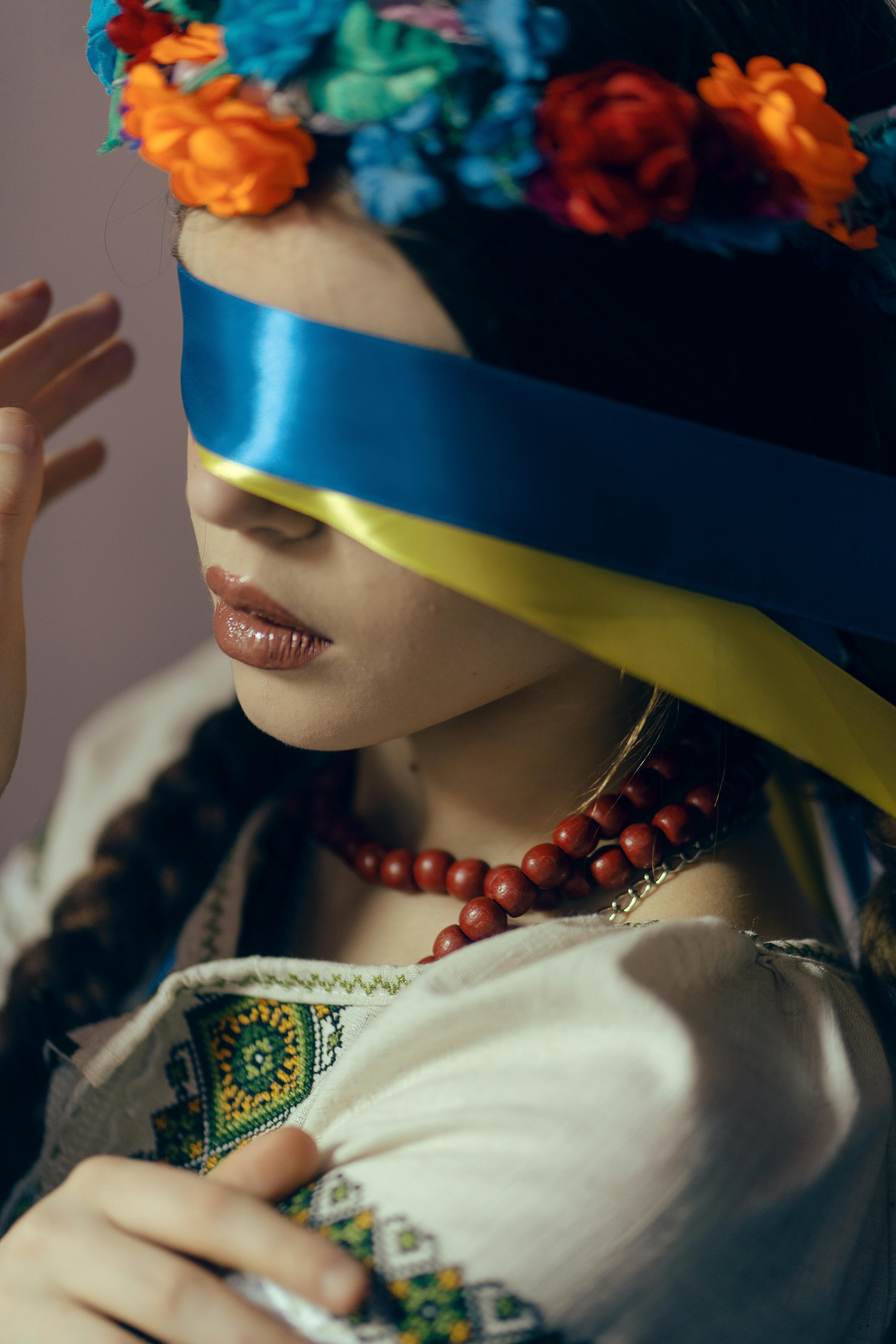A wedding in Japan https://timesofindia.indiatimes.com/life-style/relationships/love-sex/the-only-online-dating-tips-you-need-to-succeed/articleshow/76087813.cms is an event brimming with images and traditions that are deeply rooted in the country’s culture. From the dress of the bride and groom to the various rites they participate in, every depth has a significance that goes beyond the area.

Most Japanese couples opt for a catholic meeting that follows Shinto tradition. However, it is not uncommon to find a ceremony that is interwoven with Christian or another sects’ traditions. Regardless of the style of service, the most important part of a ceremony in Japan is the reception. At the end of the welcome, the brides typically present a bouquet and a text to their parents.
The wife is typically dressed in a pale velvet robe called shiromuku and accessorized with a significant whitened head covering called a tsunokakushi or wataboshi that masks her haircut while symbolizing her modesty. She even wears a conventional uchikake that is a much coat with silver and gold fibers. She perhaps yet decide a multi-colored robe called an iro- uchikake for the greeting.
At the wedding service, it is usual for the bride to be “given absent” by her daddy. She walks down the aisle with her tsunokakushi in front of her, which hides dateinasia sign in her ears to discourage bitterness. She also wears a sash ( hanayome ) that symbolizes her purity and tabi that are white socks.
Attendees at a ceremony in Japan are expected to give present money, known as goshugi, to the pair. This gift is presented in a special packet called shugibukuro that is decorated with gold or silver strings and other embellishments. The quantity given ranges based on the relationship of the individual to the brides. Friends may typically grant a dozen thousand yen, while family members or higher- ranking colleagues may sell more.
